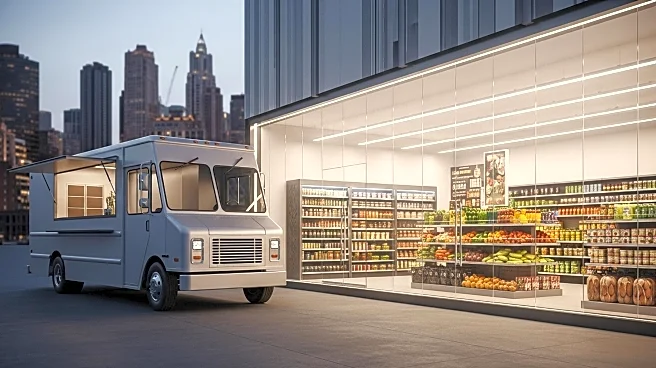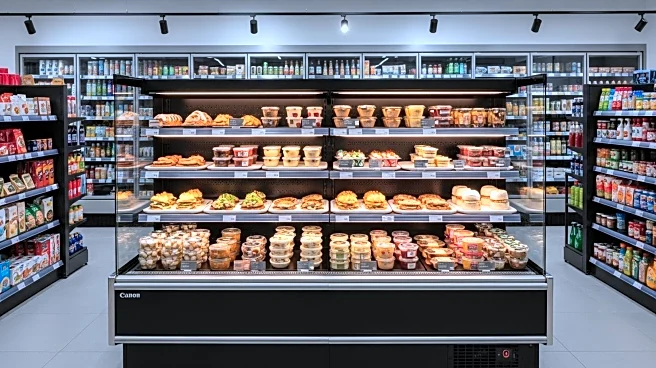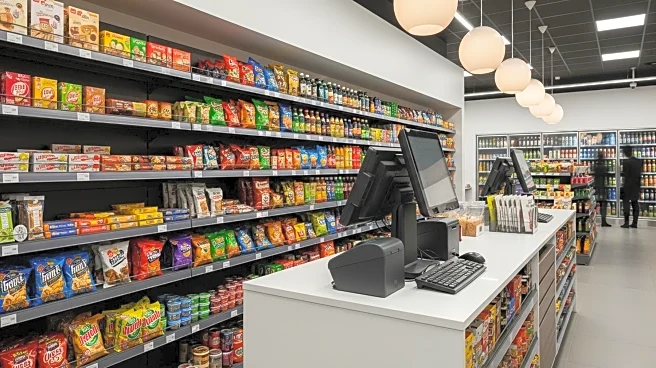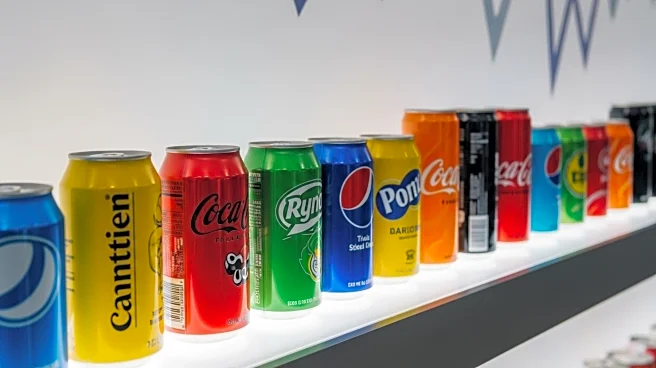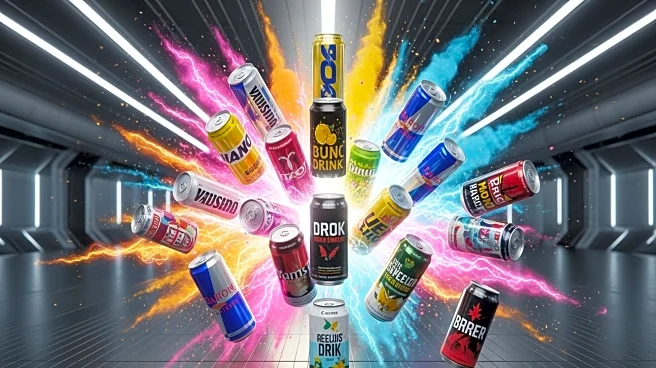What's Happening?
At the Outlook Leadership Conference, Donna Hood Crecca from Technomic highlighted the growth potential of the convenience-store channel within the broader foodservice industry. She noted that fresh food and beverage sales in convenience stores are surpassing those in quick-service restaurants (QSRs) and the overall foodservice sector. Data presented at the conference showed that convenience stores with robust foodservice programs are outperforming those without. For stores where foodservice sales constitute 20% or more of total sales, foodservice accounts for 29.8% of top line sales, with a total store dollar growth of 3.9%. In contrast, the average foodservice contribution across all U.S. convenience stores is 9.9%, with a negative total store dollar growth of 0.1%. Crecca emphasized the importance of execution in foodservice, noting that it is a complex category with opportunities for margin erosion and intense competition.
Why It's Important?
The identification of convenience stores as a growth segment in the foodservice industry is significant for several reasons. It suggests a shift in consumer preferences towards more accessible and convenient dining options, potentially impacting traditional QSRs. Convenience stores that successfully implement foodservice programs could see increased customer loyalty and higher sales growth. This trend may encourage more convenience stores to invest in foodservice offerings, thereby increasing competition in the sector. Additionally, the emphasis on execution highlights the need for strategic planning and effective management to capitalize on this growth opportunity. Businesses that can navigate the complexities of foodservice may gain a competitive edge in the evolving market.
What's Next?
Convenience stores are likely to continue expanding their foodservice offerings to capitalize on the identified growth potential. This may involve strategic investments in menu development, customer experience, and operational efficiency. As competition with QSRs intensifies, convenience stores may adopt innovative approaches to differentiate their foodservice programs. Stakeholders in the foodservice industry, including suppliers and marketers, may need to adapt to the changing landscape by offering tailored solutions to convenience stores. The focus on execution suggests that successful players will prioritize quality and consistency in their foodservice operations.
Beyond the Headlines
The growth of foodservice in convenience stores could have broader implications for the retail and foodservice industries. It may lead to increased collaboration between convenience stores and food suppliers, fostering innovation in product offerings. The trend could also influence urban planning and retail strategies, as convenience stores become more integral to community dining options. Additionally, the competitive dynamics between convenience stores and QSRs may drive advancements in technology and customer engagement practices.
